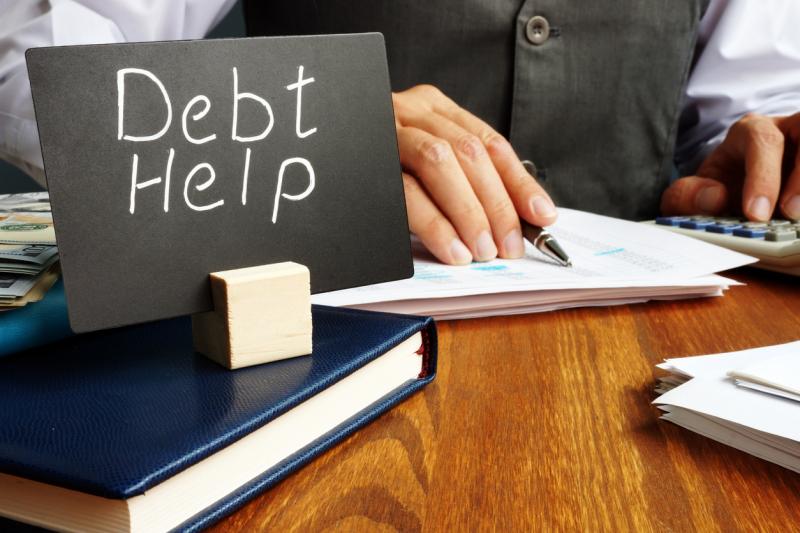How Do Consumer Proposals Work in Canada?

Nobody likes being in debt. Whether it is financial debt or just owing someone a favour, debt has a way of turning unpleasant very quickly. It can lead to stress, anxiety and tough decisions. In the worst cases, it can take quite a long time to remedy and may require sacrificing privileges and luxuries.
Still, with the help of financial professionals, like Licensed Insolvency Trustees (LITs), there is a light at the end of the tunnel. LITs help individuals rein in their debt through a government process called consumer proposals. Join Reynolds and Associates as we break down the complete process below.
Choosing Your LIT
Did you know that filing for bankruptcy and consumer proposals both require an LIT to complete? As a result, the first step in a consumer proposal is finding a Licensed Insolvency Trustee (LIT) to perform the task. These trained and qualified professionals are licensed directly by the Office of the Superintendent of Bankruptcy (OSB), which is a branch of the federal government.
Additionally, to become an LIT, individuals must agree to a specific code of ethics, which prevents them from offering bad advice, cutting corners or exploiting loopholes or vulnerable individuals. Therefore, you will be hard-pressed to find an LIT that can’t meet your needs. Instead, you can choose based on personality, comfort and willingness to help.
Gathering Information
Once you have chosen and met with your LIT, you will have to gather relevant financial information. It is critical that you share all pertinent debt and asset information with your LIT so they have a complete picture of your financial situation. This includes any vehicle and property information, as well as credit card, student loan, line of credit and other debt records.
Drafting the Consumer Proposal
Now that your LIT has all of the necessary financial information, they will advise you on the plan moving forward. This involves drafting a consumer proposal, which will be sent to each of your debtors for approval or rejection. Once the document is sent, several actions occur at once. These include:
- reducing your total debt owed
- stopping collection calls at all hours of the day
- combining all your debt into a single payment plan
- ending rage garnishments
- lowering your income taxes
- stopping interest from accruing

Debtor Acceptance or Rejection
As part of the consumer proposal process, your debtors will have a deadline to accept or reject the proposal. Additionally, the proposal will be automatically accepted by all debtors if more than half of them agree to the proposal. In almost every case, the debtors accept the consumer proposal, with very few being rejected due to clerical or administrative errors.
Many reasons exist for this favourable situation, but one is more obvious than the rest. In the eyes of a debtor, some money is better than no money. If they do not accept the proposal, your only option is to file for bankruptcy, which would eliminate all your debt and leave your debtors penniless. Therefore, most find it preferable to take a reduced sum than no money whatsoever.
After the Consumer Proposal Process
After the consumer proposal process is complete, you will have to attend financial literacy training. This may be conducted by your LIT directly, or it may be through a third-party educator. In either case, you will learn valuable skills for handling your finances through budgeting, saving and planning.
Previous Posts:
Next Posts: